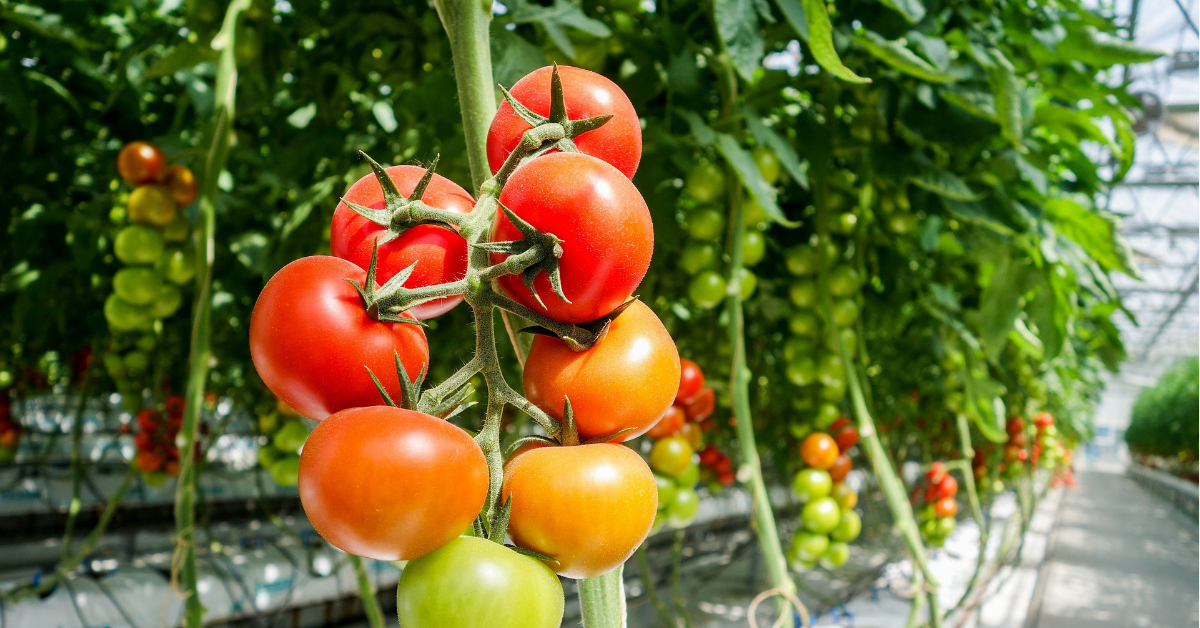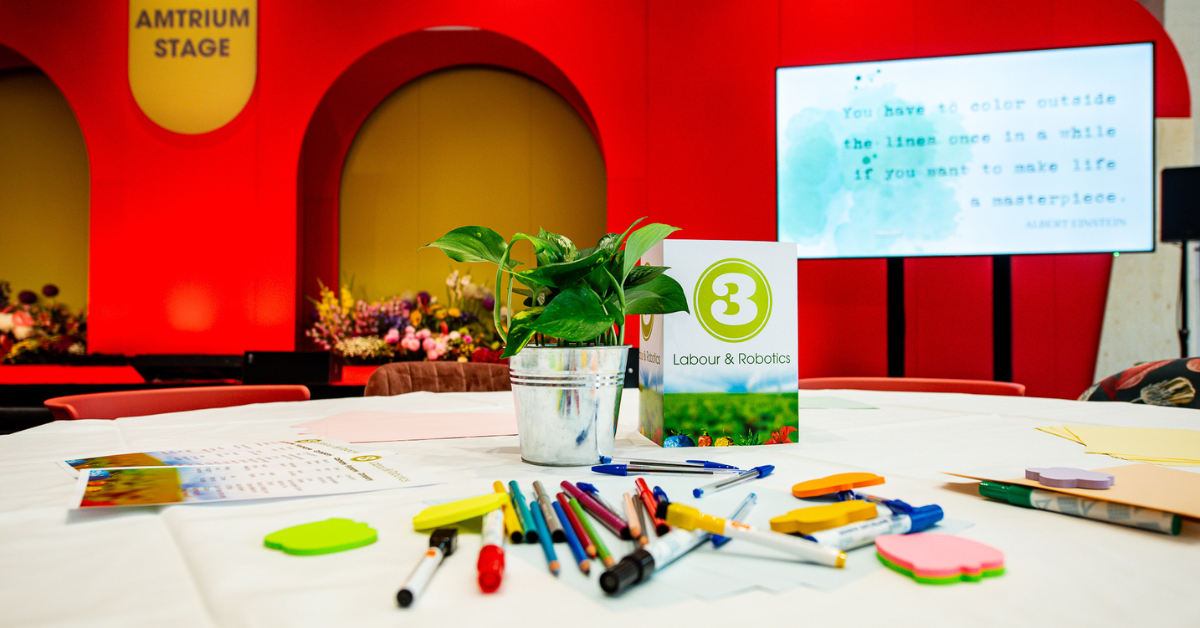Indian government uses space technology to boost horticulture
The agriculture ministry of India has taken on a big, new, out of this world challenge in order to regions identify suitable areas for crop growth and the specific types of crop that would thrive in these areas.
Known as the Coordinated Horticulture Assessment and Management , or CHAMAN for short, is being executed by a Delhi-based research group, Mahalanobis National Crop Forecast Centre and is hoped to be finished by March 2018. “The idea is to use space technology to identify crops suitable to different areas and raise production of horticulture crops,” said agriculture minister Radha Mohan Singh.
The aim of the project is to develop horticulture clusters and infrastructure such as cold chains and “Farmers’ income will also increase by growing these selected crops in suitable areas and land which is currently lying waste” said the minister.
India is the world’s second largest producer of fruits and vegetables and the number one producer of crops like lemons, mangoes and bananas. Production of horticulture crops such as fruits, vegetables and spices hit a record breaking 300 million tonnes in the growth year of 2016-2017, massively overtaking production of food grains for the fifth consecutive year.
“As horticulture crops are grown in small plots, and on backyards of homes, and these crops have multiple harvesting seasons in a year, it is difficult to estimate exact production,” said Mamta Saxena, adviser to the agriculture ministry.
CHAMAN will increase the potential crop yields for India’s biggest seven biggest crop types across the 185 districts of India. The yields of bananas, mangoes, Citrus’, potatoes, tomatoes and chilli’s.
The CHAMAN project will utilize remote sensing technology in combination with geoinformatrics data to create the appropriate maps and topographic imagery. The data collected from the sensing and geoinformatrics will be combined with weather, soil, land-use and crop mapping data in order to proceed in planning development areas.
India has dealt with high consumer demand in the past decade driving farmers to adopt new, innovative horticulture solutions that result in a higher, faster cash flow with space maximization by utilizing minimized pot sizes. Unfortunately, crops that are less in demand are often subject to price and demand fluctuation and farmers often dispose of their leftover yields or sell at a loss.
Utilising technology from outer space can drastically shape the horticulture industry as we are already seeing drones and sensors like using being used on much smaller scales. As the Indian population is slowly increasing to that of China, it is essential that they utilize new horticulture technologies that allow for optimization of growth space and yield maximization.
How would you feel with the months hottest Horticulture Technology tips, trends and info at your fingertips? Sign up for our monthly newsletter to make sure you stay ahead of the game! Click on http://www.greentech.nl/newsletter/ #AskGreenTech
Share your horticulture technology stories with us
Do you have an innovation, research results or an other interesting topic you would like to share with the international horticulture technology industry? The GreenTech website and social media channels are a great platform to showcase your stories!
Please contact our Brand Marketing Manager Murkje Koopmans.
Are you an GreenTech exhibitor?
Make sure you add your latest press releases to your Company Profile in the Exhibitor Portal for free exposure.
Have exclusive horticulture technology news delivered to your inbox
The GreenTech monthly newsletter brings you the latest exclusive horticulture technology news and updates about our global horticulture technology trade shows and events.
Join over 32,000 of your peers and receive:
☑ Exclusive commentary from industry leaders
☑ The latest news from the GreenTech team
☑ Stay up to date with all the latest news about our events






